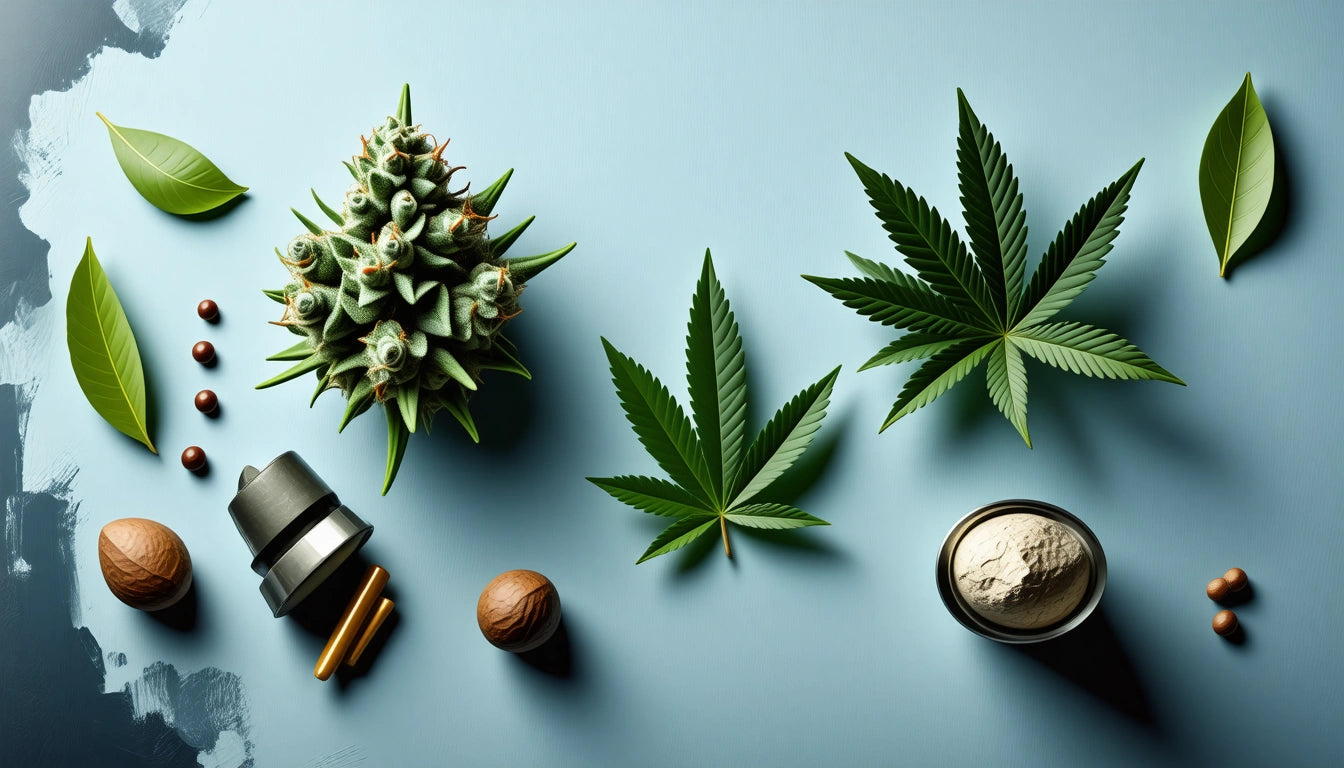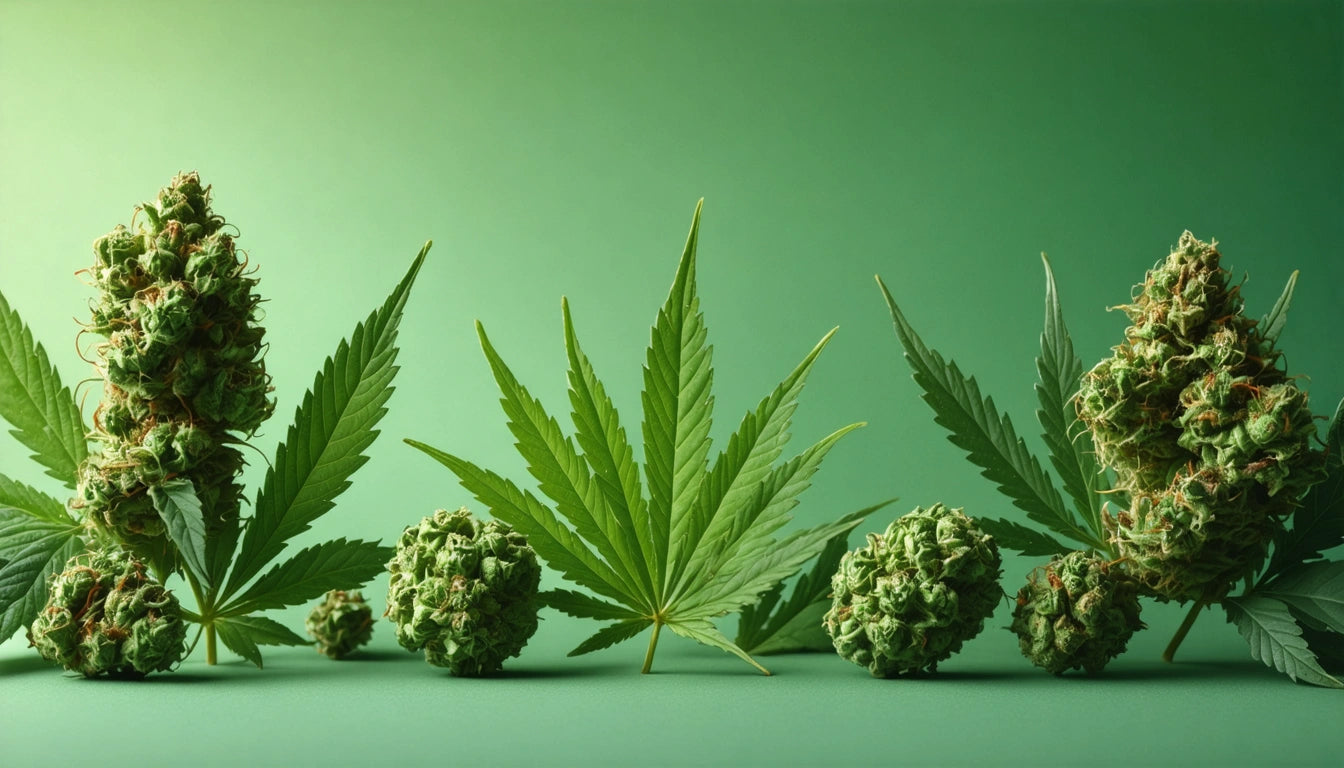Table of Contents
Cannabis plants require precise care to thrive and produce quality yields. Even experienced growers encounter nutrient deficiencies that can stunt growth, reduce potency, and diminish harvest quality. Understanding how to identify and correct these issues quickly is essential for maintaining healthy plants and maximizing production.
Understanding Cannabis Nutrient Needs
Cannabis plants require a specific balance of macro and micronutrients throughout their growth cycle. These nutritional needs change as plants move from vegetative growth to flowering stages. According to research on essential nutrients for cannabis growth, plants need varying levels of nitrogen, phosphorus, and potassium (NPK) depending on their development phase.
During the vegetative stage, cannabis plants need higher nitrogen levels to support leaf and stem development. As plants transition to flowering, their phosphorus and potassium requirements increase to support bud development. Micronutrients like calcium, magnesium, sulfur, and iron play supporting but crucial roles throughout the plant's lifecycle.
Identifying Common Nutrient Deficiencies
Nitrogen Deficiency
Nitrogen deficiency is one of the most common issues in cannabis cultivation. Signs include:
- Yellowing of older, lower leaves
- Slow growth rate
- Smaller leaf development
- Progressive yellowing moving up the plant
Phosphorus Deficiency
Phosphorus deficiency typically appears during the flowering stage and manifests as:
- Dark green leaves that develop purple or red hues
- Stunted growth
- Smaller, slower-developing buds
- Stems may develop a purple coloration
Potassium Deficiency
Potassium problems often show up as:
- Yellow or brown edges on leaf tips and margins
- Curling leaf edges
- Weak stems and branches
- Increased susceptibility to disease and pests
Calcium Deficiency
Calcium issues present as:
- New leaves appear distorted or stunted
- Hook-like tips on leaves
- Dead spots between veins
- Weak stems and branches
Magnesium Deficiency
Magnesium problems are identified by:
- Interveinal chlorosis (yellowing between leaf veins)
- Older leaves affected first
- Leaf margins and tips may turn yellow, then brown
- Leaves may curl upward
pH Imbalances and Their Impact
Many nutrient deficiencies stem from pH imbalances rather than actual nutrient shortages. Cannabis plants thrive in specific pH ranges that allow for optimal nutrient uptake. For soil grows, the ideal pH range is 6.0-7.0, while hydroponic systems perform best at 5.5-6.5.
When pH levels drift outside these ranges, nutrients become less available to plants even if they're present in the growing medium. This phenomenon, called nutrient lockout, mimics deficiency symptoms but requires pH adjustment rather than additional nutrients to resolve.
For growers using different growing mediums, understanding the relationship between pH and nutrient availability is crucial. Regular pH testing of both water and runoff can prevent many common deficiencies before they manifest.
Effective Treatment Strategies
Correcting Nitrogen Deficiency
To address nitrogen deficiency, apply a nitrogen-rich fertilizer following manufacturer instructions. Organic options include blood meal, fish emulsion, or bat guano. Results should be visible within a week of treatment.
Addressing Phosphorus Issues
For phosphorus deficiencies, bone meal, rock phosphate, or commercial bloom fertilizers with higher phosphorus content can help. Ensure your growing environment isn't too cold, as low temperatures can inhibit phosphorus uptake.
Treating Potassium Deficiency
Wood ash, kelp meal, or commercial fertilizers with elevated potassium levels can correct this deficiency. When storing nutrient solutions, proper container storage with secure caps helps maintain potency and prevents contamination that could affect plant health.
Fixing Calcium and Magnesium Problems
Calcium and magnesium deficiencies often occur together and can be treated with dolomite lime, Cal-Mag supplements, or Epsom salts (for magnesium specifically). These supplements can be applied as foliar sprays for faster absorption in acute cases.
Prevention and Maintenance
Preventing deficiencies is always preferable to treating them. Implement these practices for healthier plants:
- Use quality nutrients specifically formulated for cannabis
- Maintain proper pH levels for your growing medium
- Monitor electrical conductivity (EC) in hydroponic systems
- Avoid overwatering, which can lead to root issues and nutrient lockout
- Establish a regular feeding schedule appropriate for your plant's growth stage
Environmental factors also play a significant role in plant health. Indoor and outdoor growing environments present different challenges for maintaining optimal conditions. Indoor growers must pay special attention to humidity, temperature, and air circulation to prevent deficiencies.
Advanced Solutions for Persistent Problems
For growers facing recurring deficiencies despite basic interventions, more comprehensive approaches may be necessary. Consider implementing a complete growing system overhaul that includes:
- Flushing the growing medium to remove salt buildup
- Installing automated pH and nutrient dosing systems
- Using beneficial microorganisms to improve nutrient availability
- Adjusting light cycles to reduce plant stress
- Selecting strain varieties better suited to your growing conditions
Remember that plant deficiencies can sometimes indicate the natural end of a leaf's lifecycle, particularly during the flowering stage when the plant redirects energy to bud production. Learning to distinguish between normal senescence and actual deficiencies comes with experience and careful observation.
By developing a systematic approach to identifying and treating nutrient issues, growers can maintain healthier plants, prevent yield loss, and produce higher quality cannabis. Regular monitoring, proactive maintenance, and quick intervention when problems arise will lead to more successful harvests and better results during the drying and curing process.











Leave a comment
All comments are moderated before being published.
This site is protected by hCaptcha and the hCaptcha Privacy Policy and Terms of Service apply.